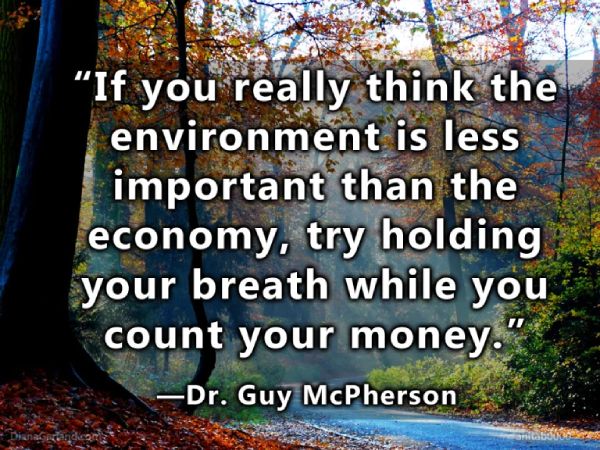An open-access paper prepared by James Hansen and six other scholars is titled How We Know that Global Warming is Accelerating and that the Goal of the Paris Agreement is Dead. The paper is dated 10 November 2023. The abstract concludes with this sentence: “Global warming in the pipeline and emissions in the pipeline assure that the goal of the Paris Agreement – to keep global warming well below 2oC – is already dead, if policy is constrained only to emission reductions plus uncertain and unproven CO2 removal methods.”
That’s a stunning admission, for two reasons. First, I am shocked any time a paid climate scientist admits we can keep global warming below 2 C above the 1750 baseline for any reason. Second, one of the authors of this paper—which, again, was posted online on 10 November 2023—announced in the preceding month, October 2023, that we were well above the 2 C Rubicon. If you’ve been following this channel, you know that Professor Leon Simons concluded we had eclipsed the 2 C Rubicon in October 2023, the month before the latest paper by Hansen and colleagues was released.
If you’ve been following this channel for a few years, then you know that Professor Andrew Y. Glikson concluded we had passed the 2 C mark a few years ago. Relying upon peer-reviewed evidence, the abstract for Chapter 5 of Glikson’s 9 October 2020 book, The Event Horizon includes this line: “During the Anthropocene greenhouse gas forcing has risen by more than 2.0 W/m2, equivalent to more than >2 oC above pre-industrial temperatures …” This abstract is freely available online.
The first paragraph of the paper by Hansen and colleagues reads thusly: “Delayed response of climate makes human-made climate change a grave threat, especially for young people. Governments will not make required changes to energy policies based on theoretical threats – there must be sufficient empirical evidence of harm to force action. Thus, delayed response makes it difficult to avoid near-term, growing, climate impacts, but it does not prevent the achievement of policies that will lead to a hospitable climate with a bright future for young people. Time is running short, however, and effective actions at this point require a good understanding of ongoing climate change and the responsible mechanisms.”
This is a bizarre introductory paragraph for several reasons. I’ll mention them on a sentence-by-sentence basis. First up, from the first sentence of the first paragraph: “Delayed response of climate makes human-made climate change a grave threat, especially for young people.” This sentence presumes that the climate of the near future will pose no threat to life on Earth. This is the same James Hansen who said in April 2006, “I think we have less than a decade to avoid passing what I call ‘point of no return.’” More than three years after passing the 10-year mark, he called my idea of near-term human extinction “crazy.”
The next line in the first paragraph reads thusly: “Governments will not make required changes to energy policies based on theoretical threats – there must be sufficient empirical evidence of harm to force action.” It’s difficult to disagree with this statement. The federal government of the United States has a long history of avoiding action until the proverbial wolf is at the door. Political and scientific conservatism have combined to delay action. The precautionary principle is clearly out of fashion. More likely, the precautionary principle was never in fashion.
Sentence number three is this: “Thus, delayed response makes it difficult to avoid near-term, growing, climate impacts, but it does not prevent achievement of policies that will lead to a hospitable climate with a bright future for young people.” What a tortuous combination of ideas! Yes, “delayed response makes it difficult to avoid near-term, growing, climate impacts …” I am unconvinced that such delayed response will allow, “achievement of policies that will lead to a hospitable climate with a bright future for young people.” On what planet has a federal government bypassed innumerable opportunities to plan for the future and then, at the eleventh hour, passed legislation that enabled a bright future for generations to follow?
The final sentence of this introductory paragraph: “Time is running short, however, and effective actions at this point require a good understanding of ongoing climate change and the responsible mechanisms.” Time is certainly running short, as I have repeatedly pointed out via peer-reviewed papers and those who produce them. That said, who, exactly, possesses the required “good understanding of ongoing climate change and the responsible mechanisms.” Certainly not politicians, who are the people charged with making the relevant decisions and implementing actionable strategies. The corporate media can be relied upon only to continue distracting and dividing the masses. Finally, shall we depend upon paid climate scientists to provide a “good understanding of ongoing climate change and the responsible mechanisms”? I doubt it, at least in a world dominated by people who constantly lie about phenomena such as the importance of abrupt climate change, irreversible climate change, the exponential function, and the impacts of these phenomena on habitat for human animals.








